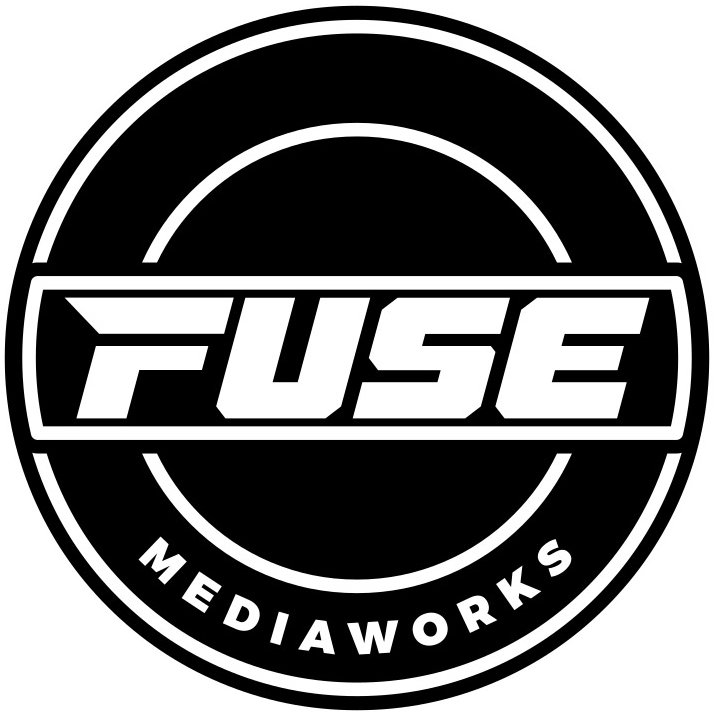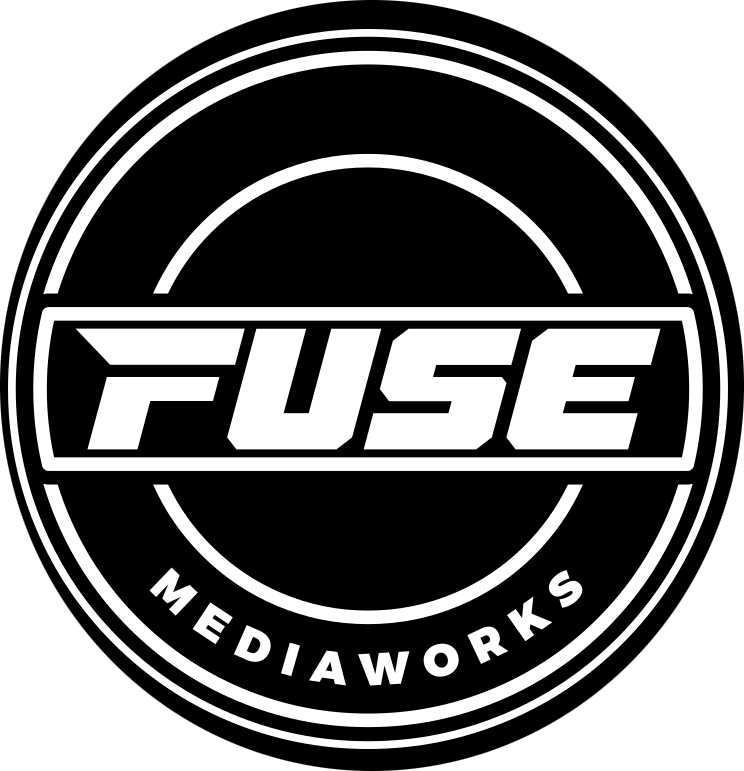The Evolution of Camera Technology: From Film to Digital - My 30 Year Journey
In the ever-evolving world of photography and cinematography, the transformation from film to digital technology has been nothing short of revolutionary. As someone who has spent over three decades in the film and video industry, I've witnessed firsthand the remarkable journey of camera technology. In this blog post, we'll embark on a captivating exploration of the transformation that has reshaped the way we capture and create visual stories. I will show some behind the scenes shots from early in my career to today.
A Nostalgic Beginning
My journey into the world of camera technology started with 16mm & 35mm motion picture film cameras. In the early years, shooting on film was an art form that required meticulous planning, precision, and patience. Each roll of film was limited, making every shot count. There really was no room for error, I started as a 1st AC (assistant cameraman) This required being able to focus pull without a monitor or mechanical focus units. My DP had to look in the viewfinder and tell me if the shot happened in focus or not. I can tell you 75% of the time I got it right, the other 25% I got a dirty look or a finger flick at an earlobe. Mostly all in good fun but using a tape measure and a depth of field scale chart was important.
The Limitations of Film
However, working with film presented its challenges, such as limited exposure latitude, the need for physical film stock, and time-consuming post-production processes. These limitations fueled the desire for a more flexible and efficient solution. I made many trips to the local labs in Miami in the early 1990’s hoping and praying the footage was exposed correctly and in focus! More times than not it was fine but I welcomed what was to come next.
The Digital Revolution
The late 20th century saw the emergence of digital cameras. These early digital cameras were bulky and had limited image quality compared to film. Still, they marked the beginning of a transformative era. Everyone in the game got in on it, Panavision, ARRI, Red One all started to create cameras and sensors that would change the industry forever. Digital technology brought significant advantages, including instant feedback through LCD screens, the ability to shoot hundreds of photos without changing rolls, and simplified post-processing with software like Adobe Photoshop.
The Rise of Digital Cinematography
In parallel, digital technology began making inroads into the world of cinematography. Filmmakers and directors started adopting digital cameras for their productions, citing benefits like cost savings and greater creative control. George Lucas was one of the first to adopt this technology by taking Sony’s HDW F-900 HD 24P camera and using specially adapted Panavison lenses on the body. This of course opened up the floodgates and the race was on and the technology got better and better.
The Era of High-Resolution Sensors
As digital cameras advanced, the race for higher megapixel counts began. This quest for sharper, more detailed images pushed the boundaries of sensor technology, leading to the development of full-frame and medium format sensors. The introduction of 4K resolution marked a pivotal moment in cinematography, offering unparalleled image clarity. Today, cameras routinely shoot in resolutions far beyond 4K, 5K, 6K and 8K, enabling filmmakers to capture breathtaking visuals with remarkable detail.
Low-Light Capabilities
Digital sensors have also made great strides in low-light performance, allowing photographers and filmmakers to work in challenging lighting conditions without sacrificing image quality. In the past couple of years, many cameras are raising their native ISO capabilities or have dual ISO (low & high) base settings. This is opening up the possibilities of using just natural ambient light or a small lighting package.
Preserving the Film Aesthetic
Ironically, digital technology also allowed for the emulation of film aesthetics, leading to the development of various filters and plugins that recreate the look and feel of classic films. So in a way, cinematographers don’t always want the hard sharp digital look. People like to go back to the basics, good lenses and even better lighting.
The Ongoing Evolution
As I reflect on my 30-year journey in the film and video industry, I'm excited to see where camera technology will take us next. From advancements in sensor technology to the integration of virtual reality and augmented reality, the possibilities are limitless.
In conclusion, the evolution of camera technology from film to digital has been a remarkable journey. It has not only transformed the way we capture images and create videos but has also democratized the art of visual storytelling. As we look to the future, one thing is certain: the world of photography and cinematography will continue to evolve, providing endless opportunities for creativity and innovation. The journey has been extraordinary, and the adventure is far from over.





















